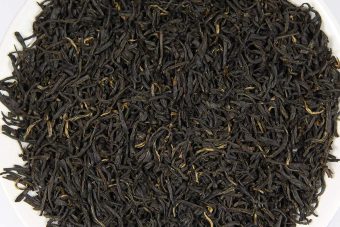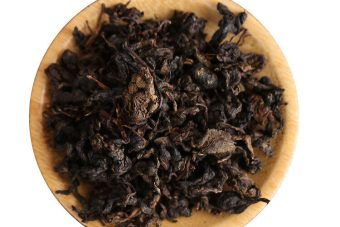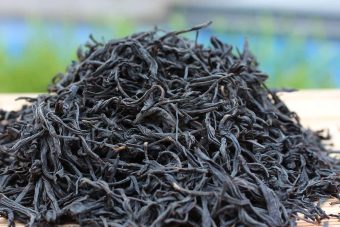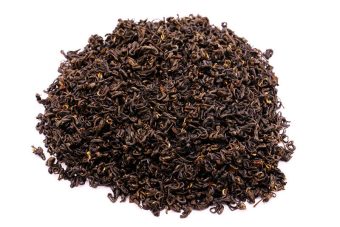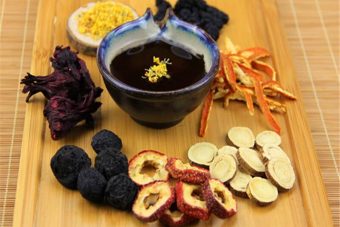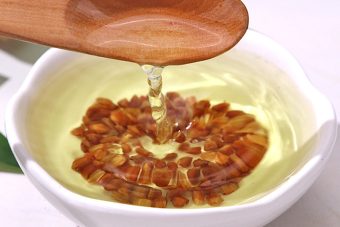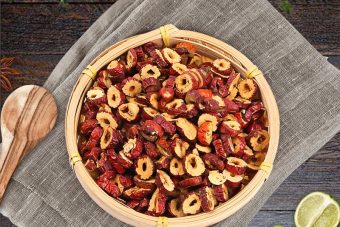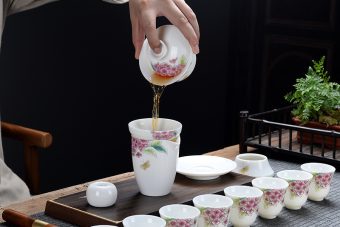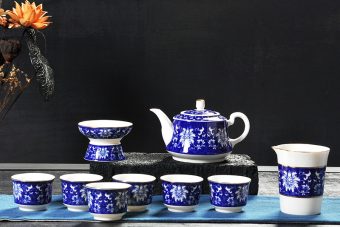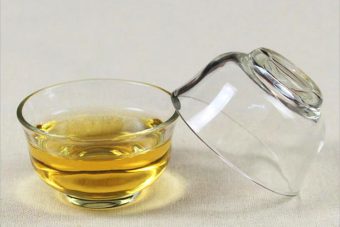Chinese Tea For you
Tea-leaf, commonly known as tea, generally includes the leaves and buds of the tea tree. Its alias also include tea, jiǎ(based), tender tea leaves, chuǎn(tea that is collected late). Tea’s ingredients include catechins, cholestenone, caffeine, inositol, folic acid, and pantothenic acid, which are good for health. Tea beverages made from tea leaves are one of the three largest beverages in the world.
Tea originated from China, and it was first used as a sacrifice. But from the late Spring and Autumn period for people as a vegetable food, it developed into medicinal use in the mid-Western Han Dynasty, it was only in the late Western Han Dynasty that it developed into a palace high-grade beverage, it was popularized among folk as a common drink after the Western Jin Dynasty. The earliest remains about artificial tea planting were found in the Tianluo Mountain site in Yuyao, Zhejiang Province, which has a history of more than 6,000 years. Tea drinking began in China. The leaves leathery, oblong or elliptic, and it can be brewed directly with boiling water, and they are divided into six categories based on the variety and production method as well as the appearance of the product. Based on the seasonal harvesting, it can be divided into spring tea, summer tea, autumn tea and winter tea. Reprocessed tea is formed by reprocessing all kinds of raw tea or refined tea, including Scented tea, Compressed tea, Extracted tea, Medicinal health tea, Tea food, Tea-containing beverage, etc.
More than 6,000 years ago, the ancestors living in the area of Yuyao Tianluo Mountain in Zhejiang Province began to plant tea trees, Tianluo Mountain is the earliest place where tea trees were artificially planted in China, as discovered by archaeology so far.
After the unification of China by Qin, the economic exchanges between Sichuan and other regions were promoted, and tea planting and tea drinking only gradually spread outward from Sichuan. It first spread to the Yangtze River basin.
The tea-making techniques of all countries in the world comes directly or indirectly from China. The British scholar Alan McFarlane said in his work Green Gold: The Empire of Tea: “Only tea has succeeded in conquering the world.”
The natural conditions for tea planting include topography, climate, soil type, etc. The topography is mainly hills, and the drainage conditions should be good. Precipitation is abundant, the annual temperature difference is small, temperature varies widely from day to night, the frost-free period is long, the light conditions are good, such climatic conditions are suitable for the growth of various types of tea trees, especially suitable for the growth of large-leaf tea trees. There are more sunshine from late winter to early summer, more rain and fog in summer and autumn (Yunnan tea area), less sunshine is good for tea tree overwintering and nutrient accumulation, and good for the quality of summer and autumn tea. Brick red loam, brick red loam sex red loam, mountain red loam or mountain yellow loam, brown forest soil, these soils are deeply developed and well structured, suitable for the growth of tea trees.
Green tea: unfermented tea (fermentation degree is zero). Representative teas are: Huangshan Mao Feng tea, Pu Long tea, Meng Ding Gan Lu, Rizhao green tea, Laoshan green tea, Lu’ an Gua Pian, Long Jing tea, Meitan Turquoise bud, Bi Luo Chun tea, Meng Er tea, Xinyang Mao Jian tea, Duyun Mao Jian tea, Liping Queshe, Guan Zhuang Ganfa tea, Ziyang Mao Jian tea.
Oolong tea: also known as green tea, is a semi-fermented tea, that is, the production of appropriate fermentation, so that the leaves have a slight red change, is a kind of tea between green tea and black tea. It has both the freshness and strength of green tea and the sweetness and mellowness of black tea. Because the middle of its leaves is green, the leaf edge is red, so it has the name of “green leaves with red edges”. Representative teas are: Tie Guanyin, Da Hong Pao, Dongding oolong tea.
Black tea: fully fermented tea (fermentation degree of 80 ~ 90m) Keemun black tea, Lichee black tea, Hanshanhong black tea, etc.. There are three main types of black tea: souchong tea, Kungfu black tea and broken black tea. Kungfu black tea is mainly distributed in Guangdong, Fujian, Jiangxi area, with Chaoshan’s Kungfu tea as the main.
Dark tea: post-fermented tea (fermentation degree of 100m) Pu’er tea, Liubao tea, Hunan Dark tea (Qujiang thin chip, Gold tea) Jingwei Fu tea (origin Shaanxi Xianyang)
The raw materials are coarse and old, and the fermentation time is longer during processing, so that the leaves are dark brown and pressed into the shape of bricks. The main varieties of dark tea to include ” Xianyang Fu brick tea”, Yunnan “Pu’er tea”, “Hunan dark tea”, “Hubei old oolong tea”, “Guangxi LiuPao tea”, Sichuan “Brick tea” and so on.
White tea: lightly fermented tea (fermentation degree of 20-30m) White Tip Silver Needle, white peony, it is processed without frying or kneading, only the tender, leaf back full of velvet tea leaves sun-dried or dried with a gentle fire, and the white velvet intact. White tea is mainly produced in Fuding, Zhenghe, Songxi and Jianyang counties, Fujian Province, Liping County, Guizhou Province also has planted, there are several categories of “Silver Needle”, “White Peony”, “Gong Mei”, “Shou Mei”. “Shou Mei” several kinds. White tea has white tips showing. The more famous ones are from northern Fujian and Ningbo, and white peony.
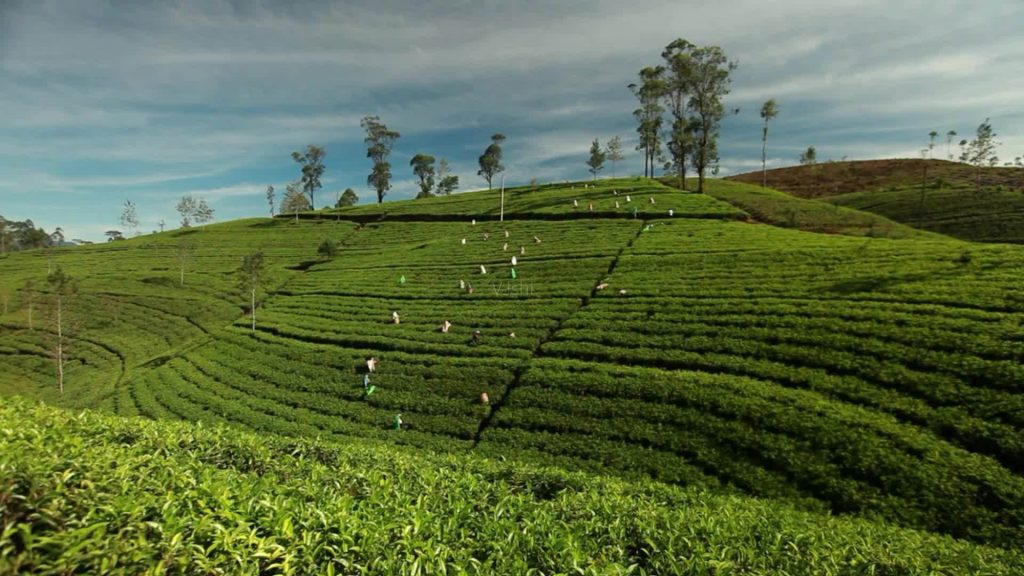
Preservation techniques
- If possible, the tea put into the iron can be pumped out of the air in the can with an air extractor, and then welded and sealed. In this way, the tea can be stored for two or three years. If not, it can be stored with a hot water bottle liner, because the water bottle liner is isolated from the outside air. The tea is put into the liner, sealed with white wax and wrapped with adhesive tape. It is simple and easy to keep at home.
- Ordinary bottles, cans, etc., for storing tea, a clay pot with a double-layer inside and outside lid or a small spout and large bottle body to reduce air contact in the container. The lid of the container should be tightly integrated with the container body to prevent moisture from entering.
- Tea packaging materials require no odor, tea containers and methods of use should be as airtight as possible, it has good moisture resistance, reduce contact with the air, and require storage in a dry, clean, odor-free place.
- Use the freezer or refrigerator for storage, when storing, pay attention to sealing the tea leaves before putting them in.
- Use lime or advanced desiccant, such as silica gel to absorb the moisture in the tea, so that the preservation effect is better.
- Using the principle of thin air in the tank and isolation of the tea leaves in the tank from the outside world after being sealed, the tea leaves are dried until the water content is about 2%, and immediately put into the tank while it is hot, and then sealed, and it can be stored for one or two years at room temperature.
